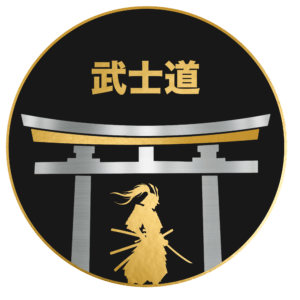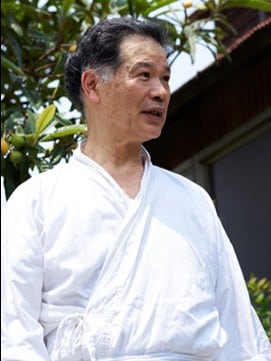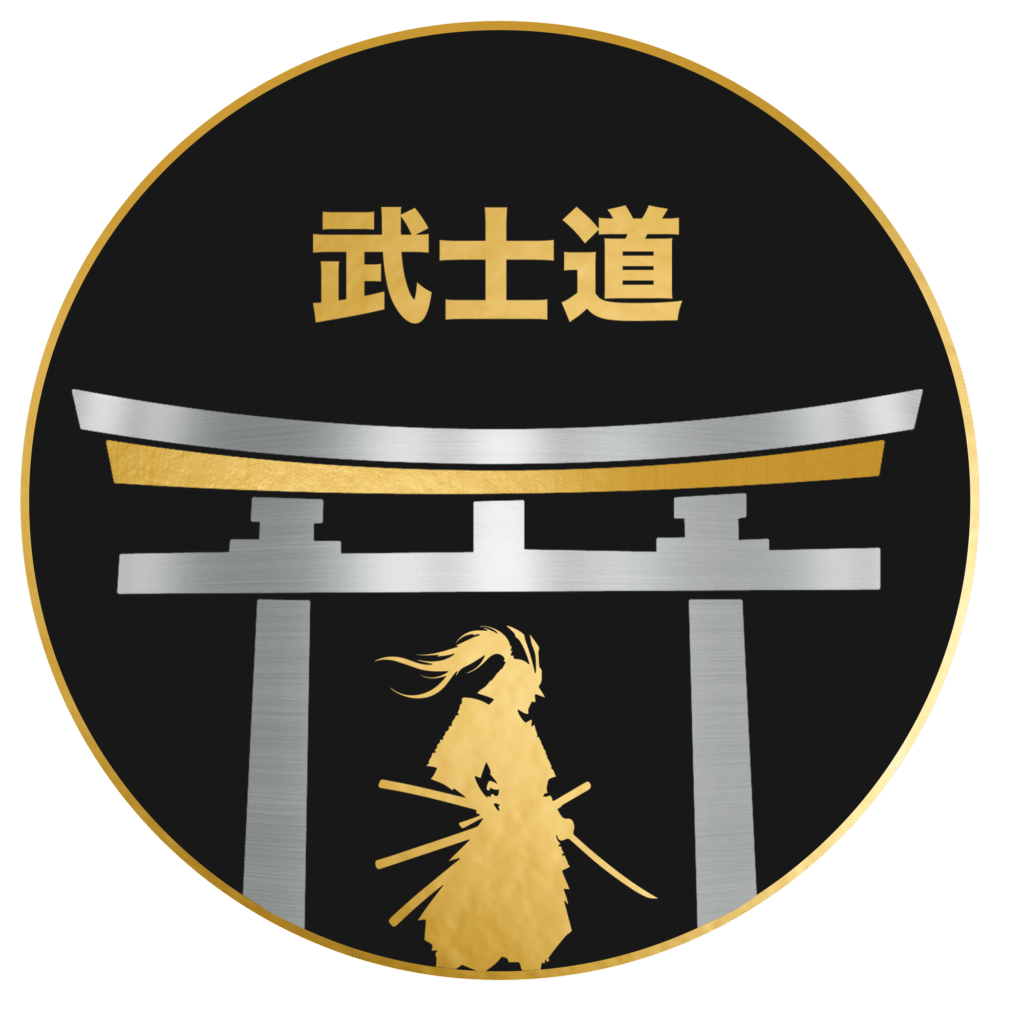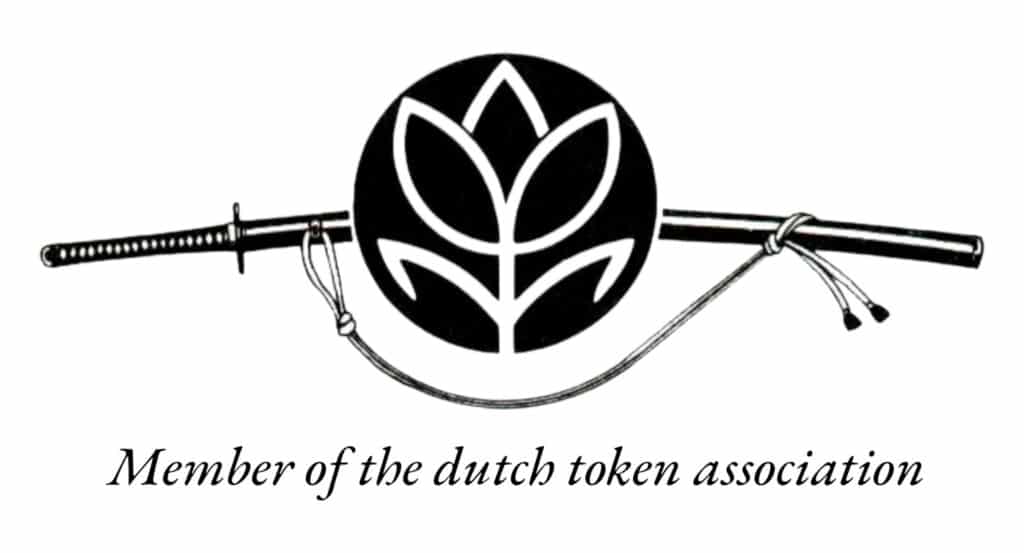Introduction: A Quiet Master
In the quiet hills of northern Japan, a fire burns low in a traditional forge. Steel meets stone, and the work begins. This is where Ōno Yoshimitsu Mukansa shapes his blades—patiently, precisely.
He does not seek attention. He does not need titles. The word “Mukansa” means “above judgment.” It is not claimed. It is earned, given only to those whose work speaks beyond awards or competition.
Ōno’s swords are not loud. They carry the calm of their maker—disciplined, deliberate, exact. Each blade is a reflection of generations, yet distinctly his own.
In a world that rushes, Ōno’s hammer strikes with stillness. His legacy unfolds not in noise, but in enduring form. This is the path of a quiet master.
Mukansa: What the Title Means
Mukansa is a title of deep meaning in the world of Japanese swordsmithing. It translates to “without judgment.” In practice, it means the smith’s work no longer requires evaluation in competitions. The quality is assumed. Proven.
This title is not given lightly. It reflects decades of dedication, mastery, and artistry. Only a few reach this level. It is earned only through consistent excellence.
For Yoshimitsu, Mukansa is more than a rank. It is a quiet testament to his lifelong pursuit of perfection. Every blade speaks of precision. Every curve tells of balance and control.
To hold the Mukansa title is to be above comparison. Not in pride, but in practice. The work stands alone.
Like the stillness before a strike, its power lies in its restraint.
Ōno Yoshimitsu’s Path: Tradition and Discipline
Ōno Yoshimitsu’s journey began in the quiet corners of a traditional dojo. He entered young, before ambition formed, led by family lineage and duty. The dojo was sparse. Tatami floors. Wooden beams. A scroll on the wall. Nothing wasted. Nothing without purpose.
His teachers were strict. Not harsh. Honest in correction. Encouraging in silence. They taught him that every movement was tied to breath and intention. Form mattered. But so did the space between forms—the pauses, the stillness.
Each day was repetition. Strike. Step. Bow. Over time, the repetition became understanding. Not only of technique but of self. Discipline was not imposed; it was chosen, again and again, in every action.
Yoshimitsu watched. He listened more than he spoke. His mentors valued patience. They rarely offered praise. Improvement was its own reward. Mistakes, opportunities for refinement.
In those early years, he learned that mastery lives in devotion to the basics. The way he tied his belt. The way he entered the mat. Respect was practiced, not spoken.
This foundation never left him. It became his compass. In skill. In teaching. In life.
Ōno Yoshimitsu was shaped by the quiet, the strict, and the steady. Tradition gave him form. Discipline gave him strength. Together, they gave him a path.
Philosophy in Steel: Yoshimitsu’s Approach to the Katana
A katana begins with intent. For Yoshimitsu, the blade is not merely a weapon, but a vessel of spirit and discipline. Each stroke of the hammer reflects purpose. Each fold of the steel, measured thought.
His philosophy is grounded in harmony. Sword and smith must move as one. Patience guides the forge. Precision governs every choice.
Yoshimitsu blends tradition with insight. He honors old methods: tamahagane steel, clay tempering, water quenching. Yet his work is never static. He listens—to the metal, to the fire, to silence.
The spiritual is not separate. It lives in the curve of the blade, in the balance between edge and spine. In his hands, steel becomes a path—refined, focused, enduring.
A Yoshimitsu katana does not shout. It speaks in quiet strength. It holds the weight of centuries and the stillness of a single breath.
Transmission of Craft: Students and Influence
Yoshimitsu taught through presence as much as instruction. His students watched closely—gesture, rhythm, silence. The craft unfolded not through shortcuts or flair but discipline, repetition, care.
Each blade forged under his eye held his mark—not in name, but in method. Alignment with nature. Respect for the material. The pursuit of balance beyond form.
He did not ask for replication. He asked for attention. In steel, flaws hide in moments of distraction. His teaching demanded stillness, focus—qualities that grew in the work and the worker.
Those he influenced moved outward, not away. Each carried a piece of his ethic. Some became masters. Others, quiet keepers of tradition. In all, his presence echoes—in temper, touch, and the silence before the first strike of hammer on steel.
The Modern Craftsman’s Compass
The modern swordsmith stands between tradition and innovation. In the quiet of the forge, he listens—not just to the hiss of steel, but to the echo of masters before him.
Yoshimitsu remains a guiding star. His methods were precise, his tools extensions of his will. He shaped metal with patience, never haste. Every strike had purpose. Every blade bore the mark of discipline.
Today’s craftsmen study his legacy. They adopt his rhythms. Some still use hand-forged hammers modeled after his own. Others replicate his folding techniques, honoring structure over speed. Tempering becomes more than process—it is ritual.
Excellence isn’t a claim. It’s a path. The swordsmith sharpens both steel and skill, knowing perfection isn’t reached—but pursued.
In Yoshimitsu’s mirror, the craftsman sees more than technique. He sees a way of life. Quiet. Focused. Enduring.
Conclusion: A Legacy Tempered Like Steel
Yoshimitsu’s name endures, etched into the steel of Japan’s history. His blades were more than weapons—they were expressions of balance, purpose, and craft. With each stroke, he forged not just swords, but a tradition.
Centuries later, his influence remains. Swordsmiths still study his techniques, striving for the harmony he achieved between form and function. His legacy shapes not only blades, but the culture around them.
Like a katana drawn only when needed, his story is quiet, precise, and lasting. Tempered by time, sharpened by devotion—Yoshimitsu stands as a symbol of discipline and lasting artistry.





